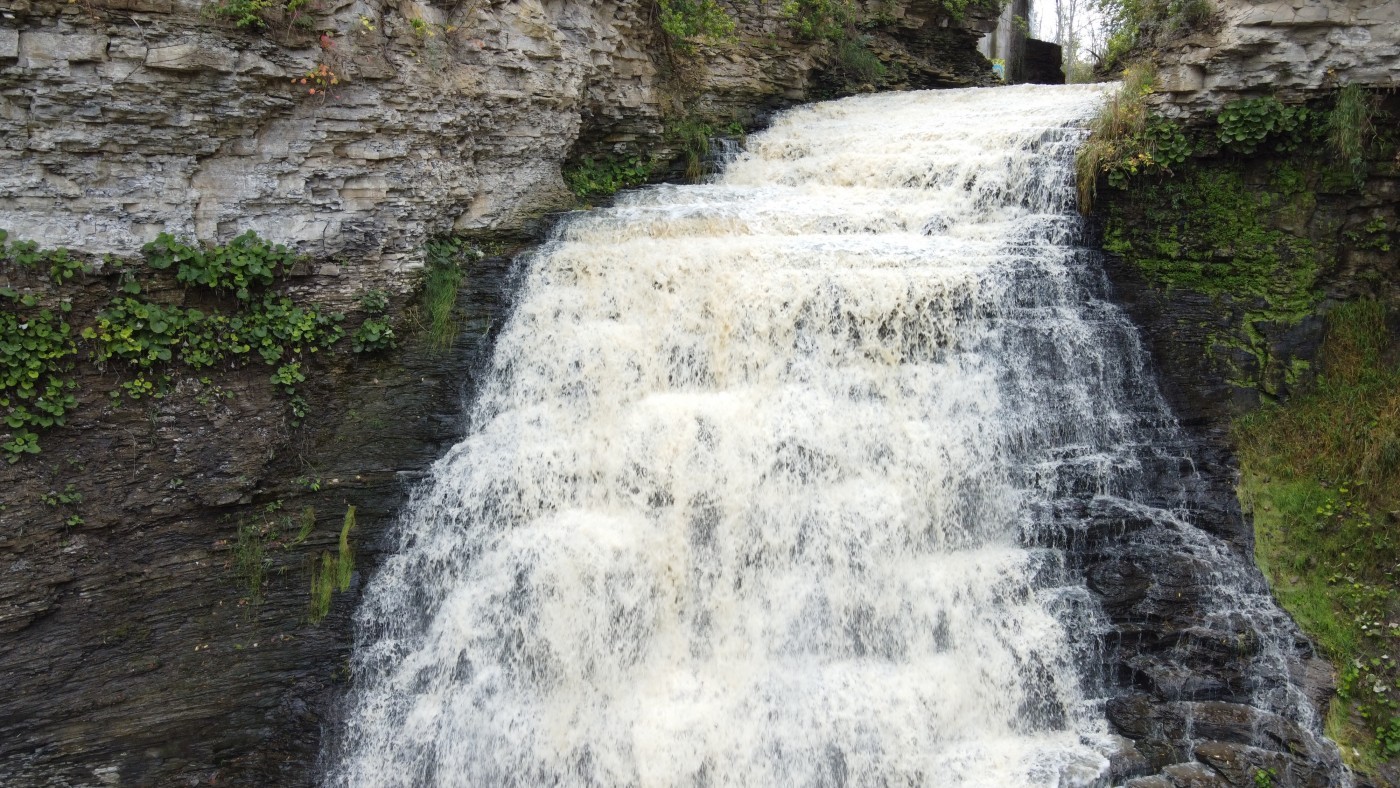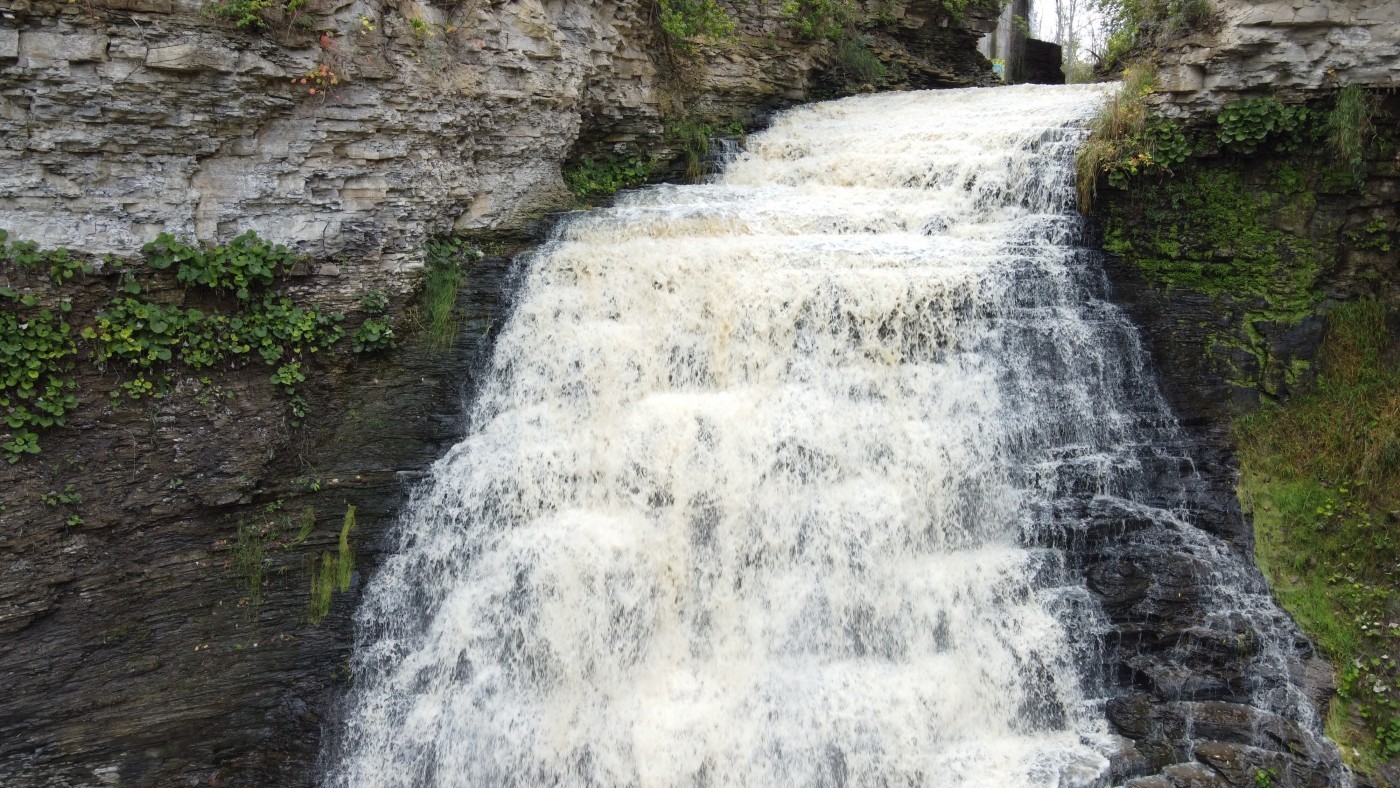The Niagara Peninsula Conservation Authority (NPCA) released its 2024 Watershed Monitoring Technical Report, offering valuable insights into the health of the local waterbodies and ecosystems.
The Watershed Monitoring program focuses on three key goals: establishing baseline conditions to understand natural variability and ecological thresholds, assessing ecosystem health by comparing current conditions to those baselines, and identifying emerging threats to guide conservation and management efforts.
The program monitors four primary areas: surface water, groundwater, terrestrial ecosystems, and hydrometrics. NPCA tracks surface water quality at 84 stations, assessing key indicators like chloride, phosphorus, and E. coli bacteria. Groundwater is monitored through 46 wells to evaluate aquifer health, while a new terrestrial program monitors forest health at 30 conservation areas starting in 2025. The hydrometric program collects data on water levels and climate to support flood forecasting and ensure public safety.
Key findings from this year’s report indicate that 39% of the surface water sites show poor water quality, 46% show marginal quality, and only 1% of sites demonstrate good and excellent quality. Best water quality was found in areas like Upper Twelve Mile Creek and areas influenced by parts of the Great Lakes, while poorer quality was linked to high levels of phosphorus, E. coli, and chloride. Most groundwater wells meet Ontario’s drinking water standards.
To help protect and restore watershed health, NPCA encourages residents to get involved by planting native vegetation, limiting pesticide and fertilizer use, maintaining septic systems, and volunteering for local conservation activities.
"Watershed monitoring is key to understanding and protecting our ecosystems. But the real impact comes when the community takes an active role - by reducing pollution, reporting concerns, and supporting local conservation efforts. Through collective action, we can safeguard our watershed for future generations and foster a healthier environment for everyone." – Joshua Diamond, Manager Watershed Monitoring and Reporting
For more information, the public is invited to view the full report, review the highlights and insights document, or request data by emailing watershedmonitoring@npca.ca. To report pollution, contact the Ontario’s Spills Action Centre at 1-800-268-6060.
—30—
About Niagara Peninsula Conservation Authority:
As a community-based natural resource management agency, the Niagara Peninsula Conservation Authority envisions a healthy and vibrant natural environment with shared greenspace and clean water for all. NPCA’s work supports the conservation, enhancement, and sustainability of healthy watersheds with programs and services that focus on drinking water source protection, flood and hazard management, ecosystem restoration, community stewardship, education, and land management.
NPCA is the caretaker of 43 conservation areas within the Niagara Peninsula watershed held in public trust for recreation, heritage preservation, conservation, and education. These natural and shared greenspaces marry nature, culture, and adventure to create limitless opportunities for discovery.
Media inquiries to be directed to:
Jennifer McQuillan, Communications and Marketing Specialist
Mobile: 905-933-0532
jmcquillan@npca.ca

